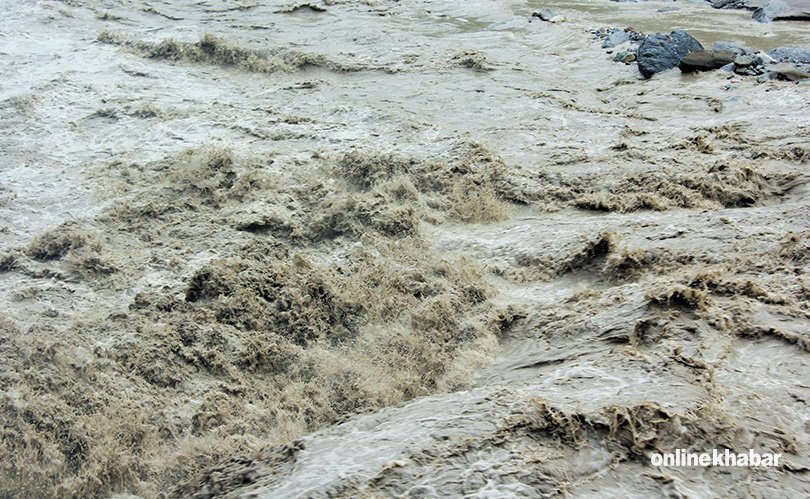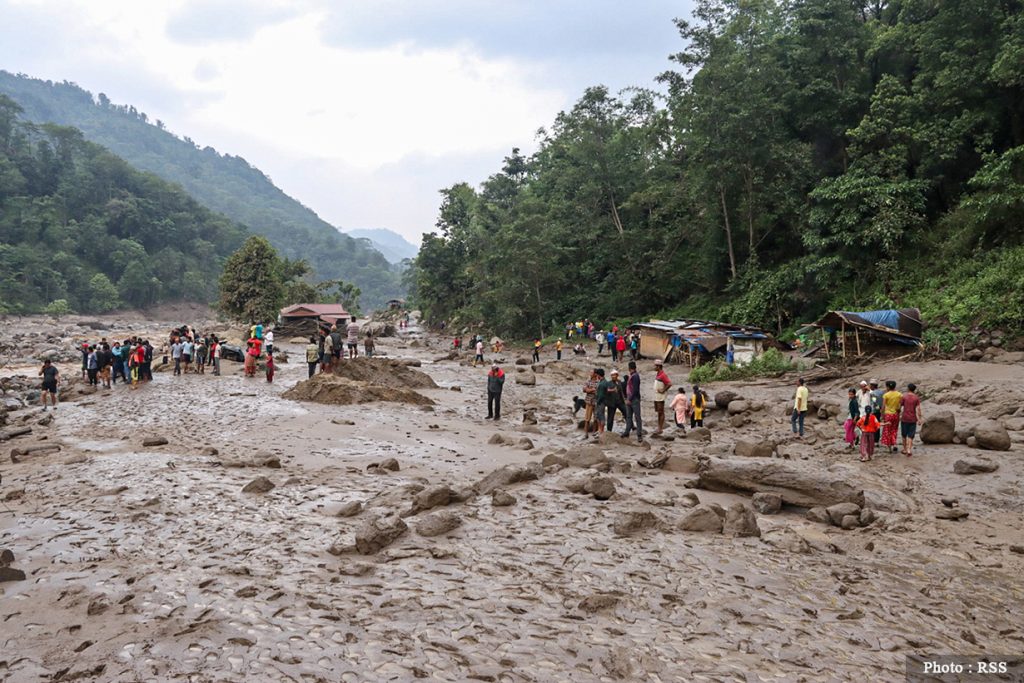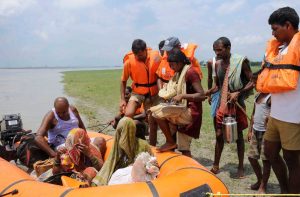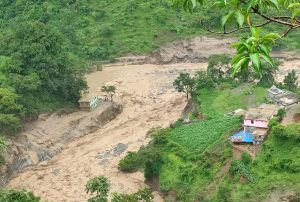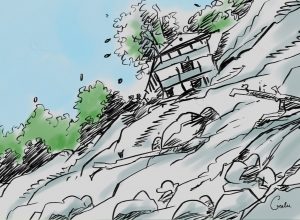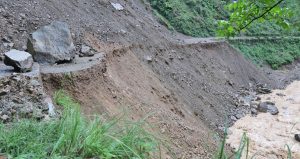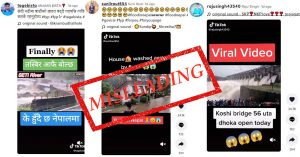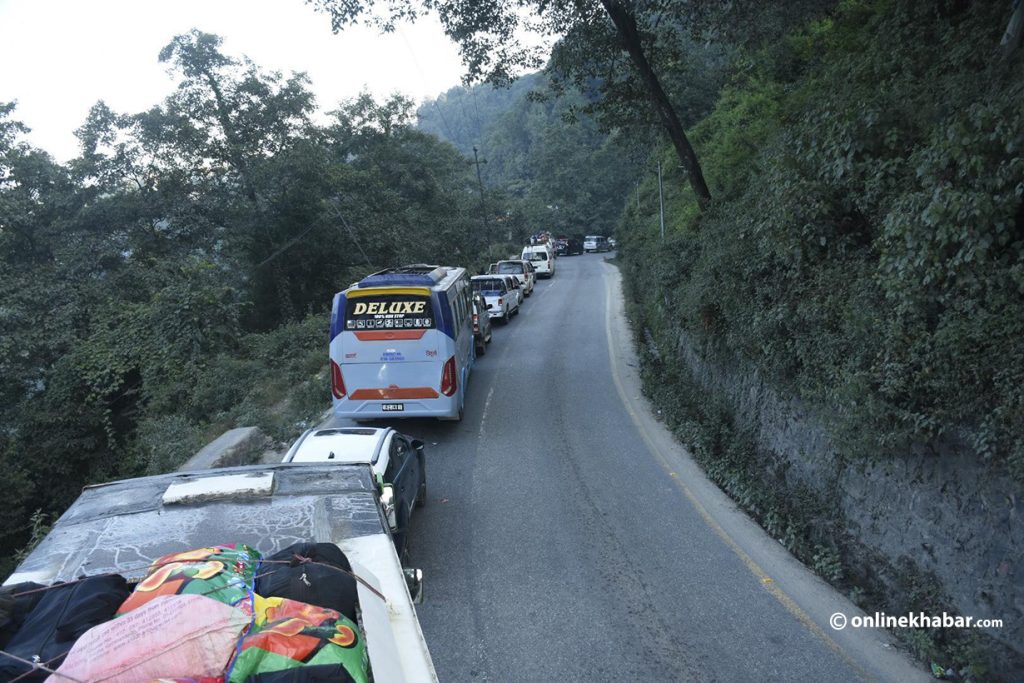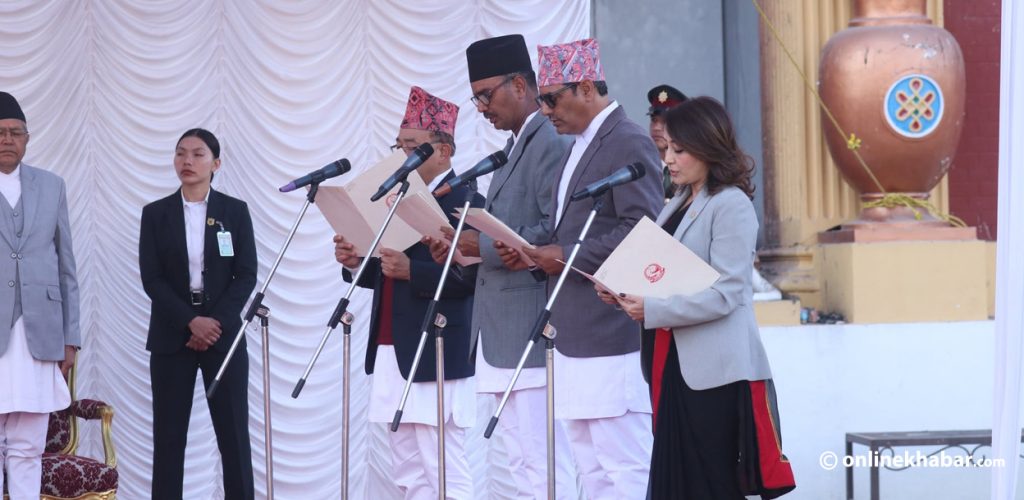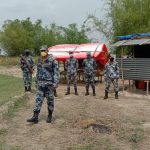Floods are not uncommon in the world. In Nepal, it is one of the serious disasters which affect human lives and cause a huge amount of property loss. Population growth and settlements of landless people on riverbanks have tremendous pressure on the encroachment of floodplains, making them vulnerable to flood damages.
Historical data manifest that the scale, intensity, and duration of floods have increased in Nepal, except for a few years. Regrettably, between 2013 and 2019, 4,058 deaths, 1,028 disappearances, 692 injuries, 178,833 displacement cases of families were reported. It is clearly demonstrated that the value of citizens seemed totally disregarded. Floods in 2017 affected 1.7 million people and caused damages amounting to USD 585 million, equivalent to three per cent of Nepal’s GDP. Further, data reveal that floods have occurred mostly in the Terai region of Nepal.
About one-third of the population in Nepal is living under the poverty line. Another factor contributing to people’s vulnerability is that housing infrastructures are of poor quality. A recent status report of UNDRR shows that more than 80% of the country’s population is exposed to the risk of natural hazards, among which the flood is a major one.
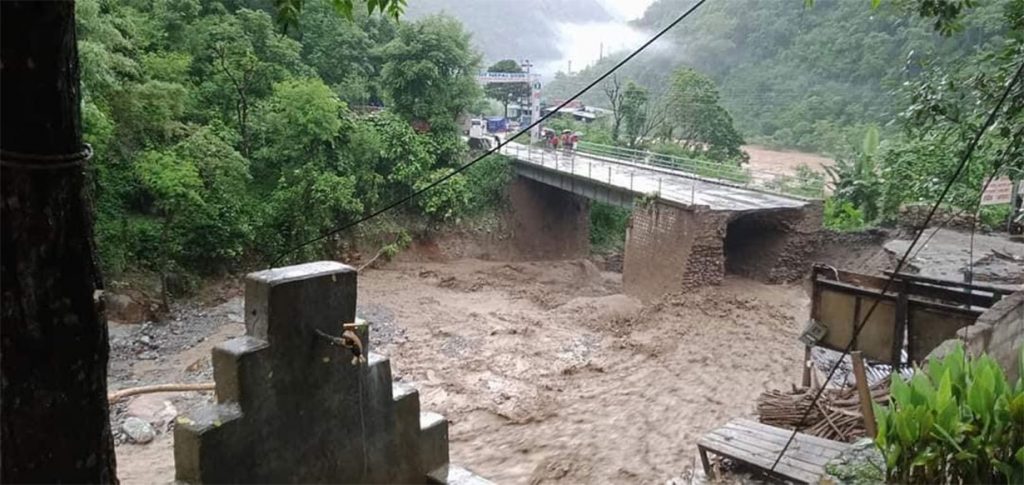
Floods stifle development efforts at every level. They affect many sectors such as agriculture, environment, education, and often livelihood of marginalised community people.
But, to understand how floods become a disaster, we need to understand why local communities are so vulnerable in the first place. Floods, similar to other hazards, are often portrayed as ‘natural disasters’. However, there are no natural disasters; they are happening surely due to human activities. People are living with flood risks when their impact actually has a large amount to do with social and human vulnerability. For instance, high poverty levels mean people lack access to land and work and they are often driven to settle in a zone that is more exposed to natural hazards. Because the threat of floods cannot be eliminated, the best strategy is the one that improves the overall development of local communities.
While I was doing my research on community-based flood risk management (CB-FRM) in the flood-prone areas of the Terai region, I investigated CB-FRM strategies, which are not widely used in Nepal. The CB-FRM belongs to the wider family of community-based disaster risk reduction (CB-DRM) approaches that have evolved over the past 30 years. Such community-centred approaches keep local knowledge and perspectives into preparatory or anticipatory actions to help create solutions that are cost-effective, sustainable and generally more accepted by communities.
Furthermore, my findings revealed that although strategies are mostly focused on relief, more are starting to look at how to mitigate negative effects and how to prepare against floods. However, the community members themselves were using their local knowledge (LK) to live with the flood-prone areas. In addition, the community people have complex LK systems that serve during different stages of the flood risk management (FRM) cycle and develop a component of community resilience. The community possesses a creative set of strategies based on the LK that allows them to live in the flood-prone areas, accepting the paradigm shift from ‘fighting with floods’ to ‘living with floods’ as a novel ‘way of life’.

Too vividly, the research findings revealed that there are a number of challenges in Nepal’s flood management system. There are enough funds at the local level, but a lack of planning and designing to risk management is totally bewildered. Community participation is limited before and after the projects. As a result, ownership, and responsibilities have major problems. Besides, it is due to the lack of exit strategies of programmes that are leading towards the unsustainability of the projects. Consequently, the knowledge given to the communities is always worthless.
Likewise, while the existing decentralised governance system is not effective, project planning, implementation, and maintenance are not smooth. Projects are also unsustainable; they rely heavily on aids, which undermine the impact of preparedness and mitigation.
A respondent to my research stated, “A year back, there was one project related to construction works […], a contractor hired outsider labourers to complete the project, where we were ready to work as a volunteer, but the [contractor] denied that. Later, we saw that the contractor used substandard materials to complete the project for a huge profit. The structure was not stable and collapsed within a year. But, we could not do anything because the project was opaque.”
Similarly, another participant stated about duplication of activities,“In my community during relief and recovery phases, we have seen many times power games and politics. I am a single woman and I have three kids. In the 2017 flood, my house destroyed and lost livestock as well. I only got Rs 5,500 in cash in two phases, but the ward and local government officials did not look for my lost property. I was weeping and asking for tarpaulins and blankets to survive, but they overlooked me and distributed the relief goods to other powerful people because they are active in politics and they get double facilities without losing houses.”
What is being done?
Before the National Disaster Risk Reduction and Management Act was endorsed in 2017, the government of Nepal made around dozens of acts, policies, and plans at all levels to increase resiliency by reducing disaster damage. But, the level of delivery has been mixed. This is mainly because of a lack of design, planning, and approaches. Most of the acts follow the top-down approach, which has a number of challenges.
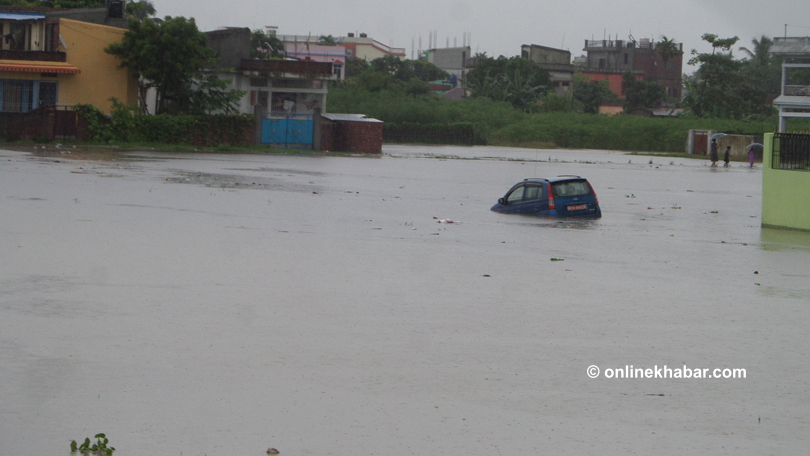
The decentralised federalisation processes provide opportunities to clarify and strengthen the roles of local bodies in disaster management. The local government has been tasked with drafting their own disaster response plans and laws. Schedule 8 of the constitution lists disaster management as an exclusive jurisdiction of local governments.
Likewise, Section 11(2) of the Local Government Act (LGA) lists disaster management-related functions of the local governments. Under these functions, there are 12 specific authorities including those responsible for formulating plans and policies for disaster management.
The jurisdiction of different layers of governments involved in disaster management, however, is yet to be clearly defined. The lack of a standard communication protocol between the chairs of federal, provincial, and local governments has seemed very clear. This may negatively affect coordination for disaster preparedness, response, and recovery. The consequences of these shortcomings including the resettlement of people living in flood-prone areas are overlooked.
One of the local officials stated, “Our hands are tied. We do not have any real power. We do not have sufficient skilled human resources. We have seen a people living at risks and they are highly prone to flood, but we have not been able to recognise them as an at-risk community.”
Flood risk management (FRM)
A comprehensive FRM is not established yet. However, a few FRM projects are mostly delivered by I/NGOs who implement community-based approaches like EWS, search and rescue training, the formation of ward and community flood disaster management committee, and establish group saving schemes. These works have not been effectively evaluated yet.
Despite these efforts, the gaps in managing the risk of floods are significant. A network of early warning system information dissemination is crucial. However, my research revealed that the new advancement in technologies in the field of CB-EWS have not been adequately implemented in practice.
Further, the result revealed that the language barrier is also one of the prominent issues in the EWS. In a small community, people speak different languages, but the information arrives in one language. Consequently, people are confused once they receive a message. These problems often repeat, then, the community members begin ignoring such message. Instead, they get busy to use their own LK rather than the technical message. A community youth said, “This is a very right time for the fusion of LK and new advanced technology.” Meanwhile, an NGO representative emphasised, “Both concepts need to improve.”
Way forward
To manage flood risks more effectively in Nepal, we need to take some crucial steps.
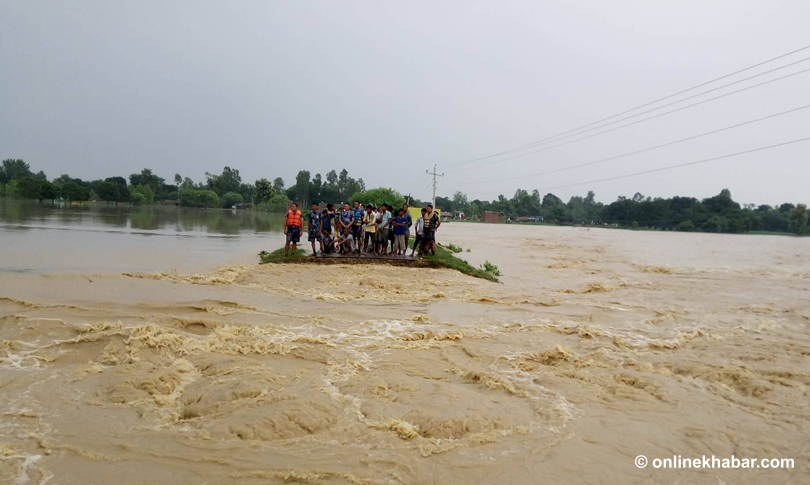
Firstly, short-term priorities must be identified and coupled with a comprehensive long-term adaptive plan. This should also take into account the possible effects of climate change. It must provide a fine balance between physical infrastructure and improved forecasting and warning systems, among other strategies. In addition, comprehensive risk assessments should make use of new technologies like remote sensing and crowed-sourcing.
Further, the CB-FRM concept has to be established with a new modality. This is a community-based approach that helps communities deal with their potential risks in their direct involvement.
Likewise, comprehensive technical guidelines are required for effective DRM actions. For example, Youth Innovation Lab is going to establish a Disaster Risk Reduction-Young Leaders Fellowship (DRR-YLF) programme for 14 municipalities with the aim to build technical capacities of local governments for further localisation of the National Disaster Information Management System (DIMS), locally known as Building Information Platform Against Disaster (BIPAD). The fellows will act as a connecting bridge to transfer the technical capacity to the local governments.
Finally, any proposed solution must be designed with the involvement of those most affected because they are the custodians of rich LK and can provide valuable insights. This must be accompanied by a well-planned agenda. Local governments have to take immediate action to identify the local risks because they know better than others to develop the plans.



